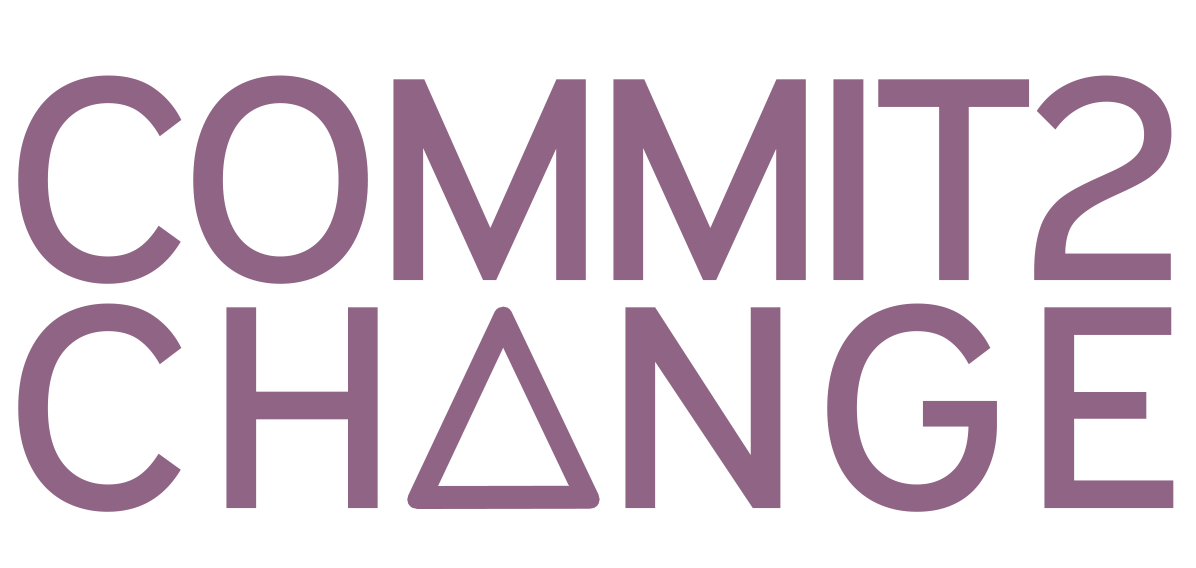On a global scale, educated women have an overwhelmingly positive impact on all aspects of society, from national economies to population growth, social equity, and healthcare. However, women also bear the heaviest burden when it comes to worldwide crises. At present, climate change is one of the most critical issues facing our planet, and it poses a significant and disproportionate challenge for women and girls.
At the same time, unsurprisingly, investing in girls’ education is one of the most powerful strategies in the fight against the global climate crisis. C2C understands this reality, which is one of the reasons we strive to empower girls with the education and skills they need to become agents of change on a worldwide level.
Global warming—the rise in the earth’s temperature as a result of industrial processes—generates extreme weather events, natural disasters, and resource scarcity, all of which disrupt girls’ access to education and hinder their ability to thrive. These crises often coincide with increased instances of child marriage, health issues stemming from water and sanitation problems, human trafficking, and domestic violence.
The impact of these disasters on the lives of women and girls is profound and far-reaching. If current trends continue, by 2025, climate change will be a factor in preventing over 12 million girls from completing their education. These consequences can be mitigated and even prevented by securing girls’ access to a full education, prioritizing their rights, providing a safe learning environment, and empowering them with knowledge and life skills.
With C2C’s STEM and 4-Cs programs, girls learn how to actively participate in decision-making processes, advocate for sustainable practices, and drive positive change within their communities. Their education:
fosters an awareness and understanding of environmental issues, including the causes and impacts of climate change
equips them with the tools to develop skills in areas like sustainable agriculture, renewable energy, and natural resource management
contributes to lower fertility rates and a more stable population, which helps to alleviate pressure on natural resources and reduce carbon emissions
breaks the cycle of poverty and reduces girls’ vulnerability to climate impacts
Educated girls lead to thriving societies and countries, and C2C remains committed to the belief that positive global change starts with girls. By investing in girls and their education, we can unlock their potential to create a more sustainable and climate-resilient world.
Websites referenced:
https://malala.org/newsroom/malala-fund-publishes-report-on-climate-change-and-girls-education









